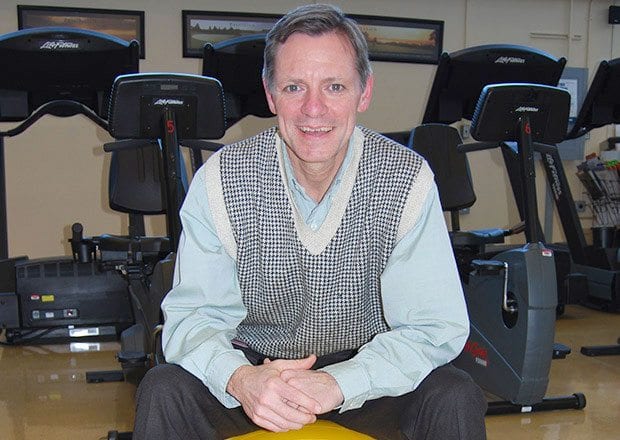

Although exercise is considered pivotal to controlling blood glucose, it is the most underutilized therapy in the treatment and prevention of diabetes, according to Michael See, an exercise physiologist and certified diabetes educator.
He’s right about that. A study published recently in Diabetes Therapy noted that adherence to long-term exercise programs can be as low as 10 percent among those with diabetes.
That’s not good. The impact of exercise is huge. “It increases the body’s sensitivity to glucose,” he explained. It’s not only blood glucose levels that benefit from exercise. High blood pressure, heart disease and obesity — all correlated to diabetes — are more apt to be controlled with exercise. But the benefits are transient. One has to exercise regularly to maintain its impact.
Exercise has evolved from a uniform strict and rigid regimen to an individualistic approach. “In earlier days we took the fun out of exercise,” See said, but much has changed since then. “It’s not so prescriptive anymore,” he explained. “We’re the coach now, not the expert.” In other words, the trainer will not tell you exactly what to do, but will make sure that you are performing safely whatever is your chosen activity.
The exercise recommended for all adults will also apply to those with diabetes — 150 minutes a week of moderate-intensity exercise, such as brisk walking, and two or more days a week of muscle strengthening exercises.
A part of the problem is the misperception of exercise. People think they need to sweat or lift heavy weights to benefit. That myth was put to bed with the Diabetes Prevention Program Study, when researchers discovered that just 30 minutes a day of moderate exercise can prevent or delay the onset of diabetes. Even ten minute intervals of exercise are beneficial.
Some people with diabetes, however, may have to take precautions before initiating an exercise program. Those on insulin therapy, in particular, may have to test their blood sugar 30 minutes before exercising and 30 minutes later to make sure it is safe to continue exercising. They should have handy a carbohydrate source, such as juice or an energy bar in case their glucose drops too low.
One benefit of monitoring one’s level before and after exercise, according to See, is that people can see the significant impact of exercise.
Those with diabetic peripheral neuropathy — tingling and numbness in the feet — may do better with low-impact or non-weight bearing exercise. Diabetics with blood sugar measuring 400 or higher are advised to postpone a workout until blood sugar drops to a safe pre-exercise level, which ranges from 100 to 250, according to Mayo Clinic.
Exercising is one of the most difficult lifestyle changes a person must make. See offers advice. “Think of exercise as medicine. Find something you enjoy,” he said. That can be anything from walking, biking, swimming or even dancing. Start slowly and gradually increase intensity and time. The key is realistic and specific goals. “Don’t be so hard on yourself,” he said. And whatever you choose, stay with it. “It takes three months to adopt a habit.”


![Banner [Virtual] Art Gallery](https://baystatebanner.com/wp-content/uploads/2024/04/Cagen-Luse_Men-at-store-e1713991226112-150x150.jpg)



